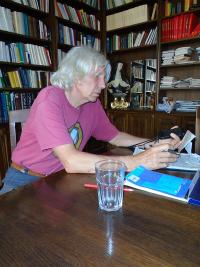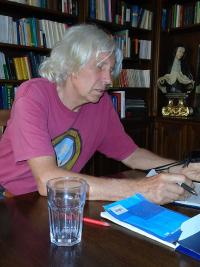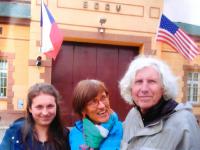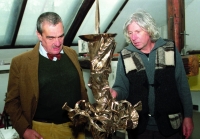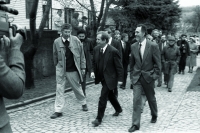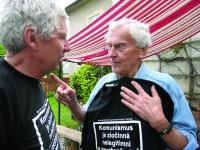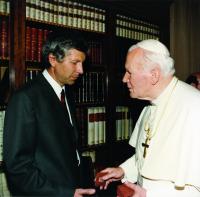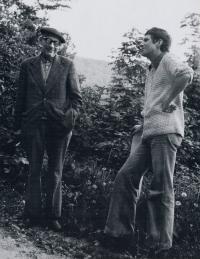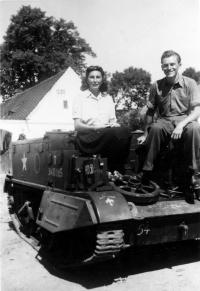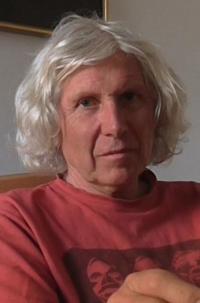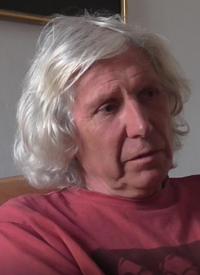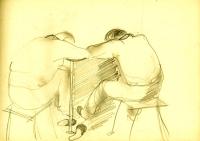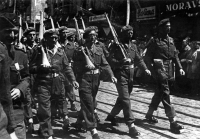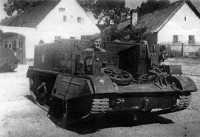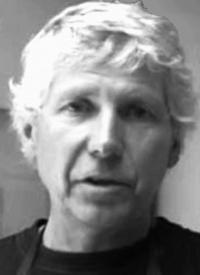We were all shown what Bolshevism is, there’s no excuse for that

Stáhnout obrázek
Otmar Oliva, the academic sculptor and painter, was born on 19 February 1952 in Olomouc-Staré Hodolany. After completing primary school in Hodolany, he attended the Secondary School of Art and Industry in Uherské Hradiště, where he was taught by artist Vladislav Vaculka, a signee of Charter 77. After graduating from the Academy of Fine Arts in Prague, he briefly served his mandatory time in the army before being arrested by State Security in autumn 1979 for distributing documents of Charter 77. He was imprisoned in Mírov and Bory. After his release he got married in 1981. In 1985 he built a small foundry in Velehrad and specialised himself mainly in the decoration of bells. In 1994 he began working for Pope John Paul II on decorations for the Redemptoris Mater Chapel in the Vatican. The masterpiece of this commission is the papal throne, the first since the times of seventeenth-century Italian sculptor Bernini. His other major works include liturgical ornaments in the basilica in Velehrad, on Holy Mountain near Příbram, in the Church of Our Lady Mother of the Church in Maribor, Slovenia, or in the Church of Our Lady of Victory in Karmelitská Street in Prague. The liturgical decorations for the cathedral in Trnava, which had been commissioned from him by since-dismissed Archbishop Robert Bezák of Trnava, have yet to be officially accepted. His other works include several fountains, a number of monument, memorial plaques, reliquaries, and liturgical items. He lives in Velehrad with his wife Olga and their six children.
